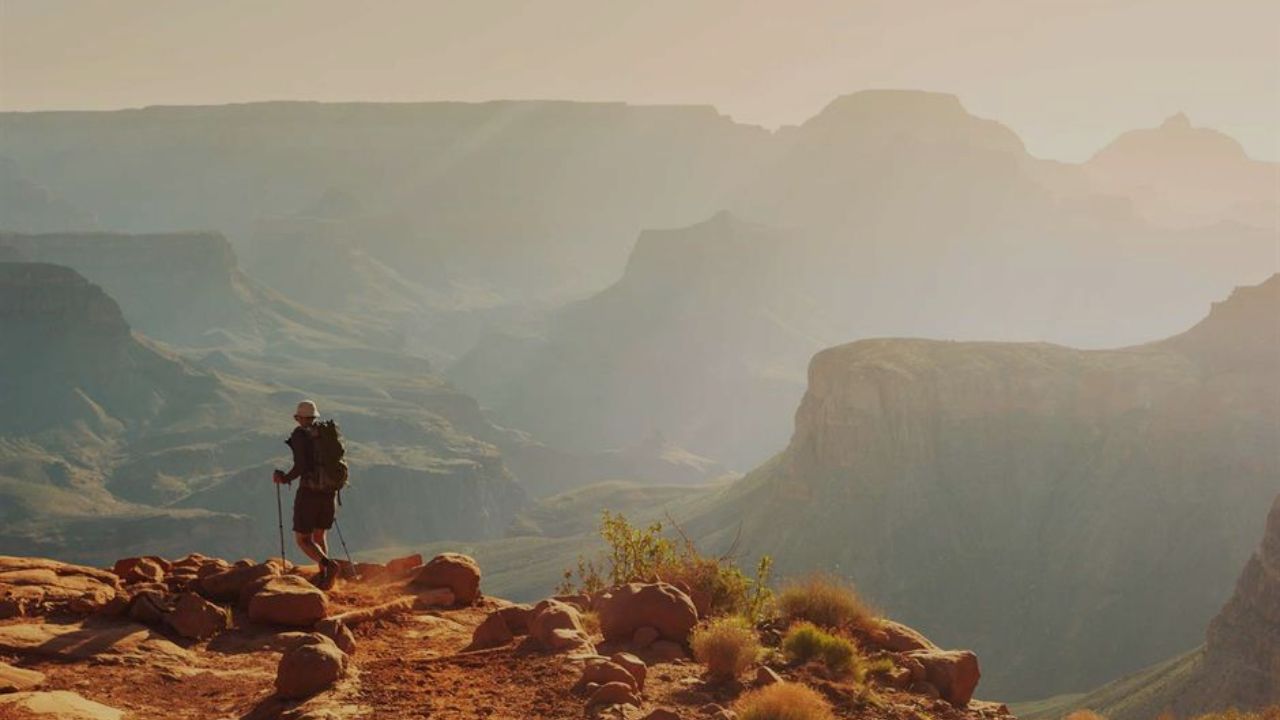Arizona — The Grand Canyon, Arizona’s most iconic natural wonder, is not only a bucket-list destination but also ranks among the most dangerous tourist attractions in the United States. Its combination of staggering beauty and extreme hazards draws millions every year—but also results in dozens of tragic incidents.
Why the Grand Canyon Is So Dangerous
Extreme Terrain and Steep Cliffs
Spanning 277 miles long and over a mile deep, the Grand Canyon features dizzying heights and crumbly edges that often lure in selfie-takers and hikers to unsafe zones. The terrain, while mesmerizing, can shift underfoot or become unstable with little warning.
Rapid and Severe Weather Changes
The weather at the canyon is notoriously unpredictable. A sunny morning can quickly turn into a thunderstorm with flash flooding or dangerous lightning.
At the canyon floor, summer temperatures exceed 110°F (43°C), making heatstroke and dehydration common risks, especially for underprepared hikers.
Sobering Death Toll
According to multiple studies and reports, an average of 12 people die each year in the Grand Canyon.
Since the late 1800s, over 600 deaths have been recorded, with causes ranging from falls from the rim, heat-related illnesses, drownings in the Colorado River, to lightning strikes and aviation crashes (including a single 1956 collision that killed 128).
One report ranked the Grand Canyon as the 5th deadliest U.S. national park for winter visitors, with a death rate 185% higher than average during that season.
Read Also: Ten Jaw-Dropping Delaware Rock Formations That Make Every Trail Worth the Trip
Why Do Tourists Still Visit?
Despite the danger, the Grand Canyon continues to attract more than 4.5 million visitors annually. From photographers and geologists to thrill-seekers and international tourists, the canyon’s grandeur offers a one-of-a-kind adventure-meets-spirituality experience.
“People come for the views, but stay for the challenge,” one park ranger noted. “Unfortunately, some push themselves too far.”
River rafting adds to the danger and thrill—navigating strong rapids, unpredictable currents, and limited access to medical aid.
Tips to Stay Safe at the Grand Canyon
If you’re planning a visit, here are essential safety precautions:
- Keep a safe distance from the edge—especially at unguarded viewpoints.
- Hydrate often and bring more water than you think you need.
- Avoid solo hiking and always stay on marked trails.
- Dress in layers and carry sun protection.
- Watch the weather forecast carefully; storms roll in quickly.
- Use certified guides for rafting and backcountry excursions.
- Know your physical limits and turn back at the first signs of distress.
The Grand Canyon: Beauty with a Warning
The Grand Canyon isn’t dangerous because it’s malicious—it’s dangerous because it’s real. For every epic photo and soul-stirring view, there’s a cautionary tale behind it. If you respect the land and come prepared, the Grand Canyon can be the experience of a lifetime.
Have you ever visited the Grand Canyon? Share your experience or tips in the comments below!
For more travel insights and safety guides, visit newyorkdailygazette.com—where adventure meets awareness.








